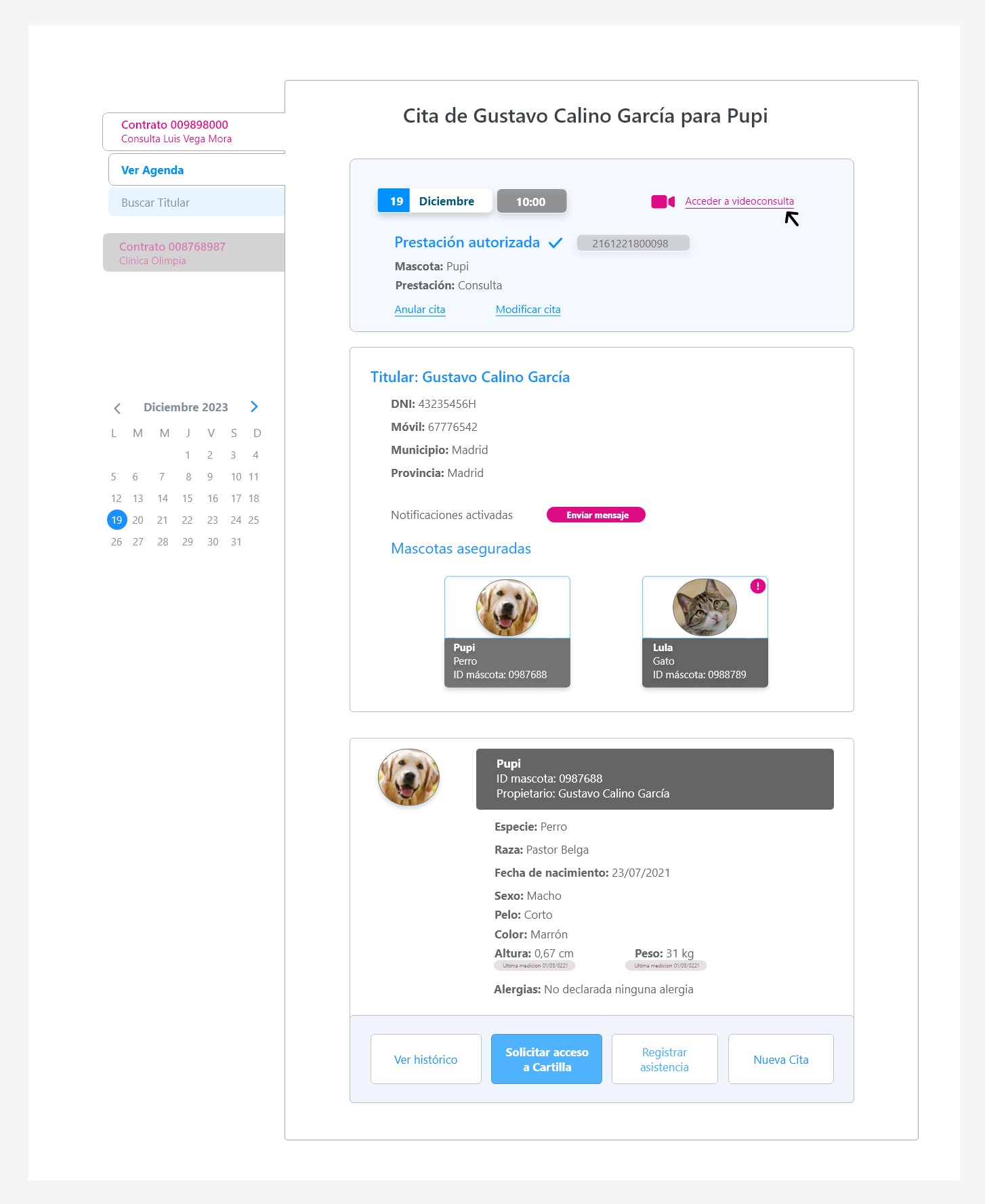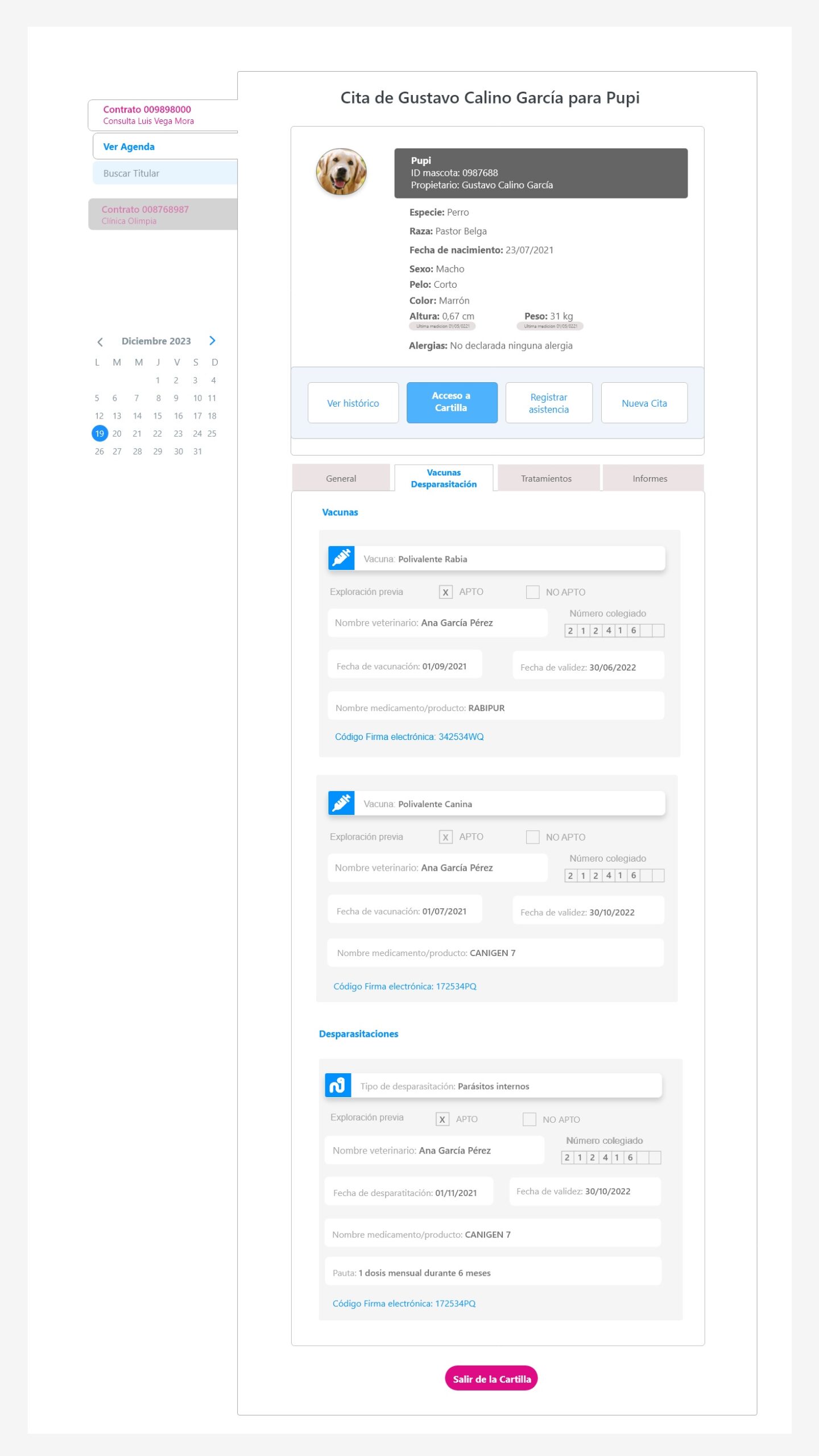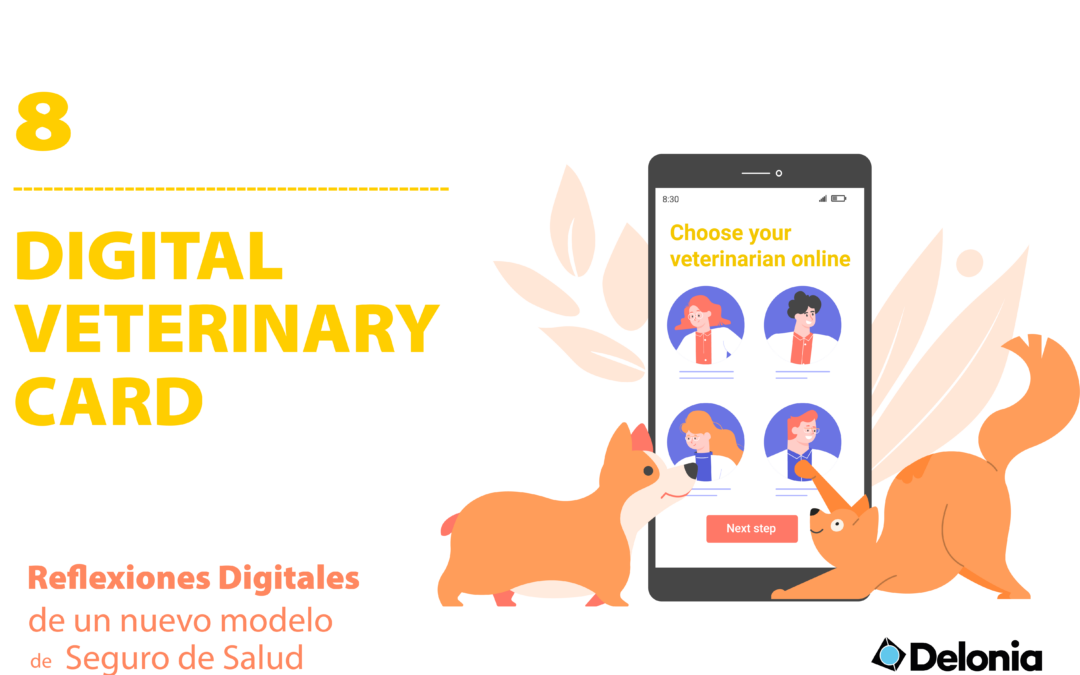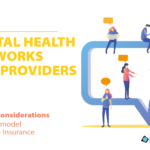1. Digitalization of pet services
Continuing with the analysis of the processes associated with the management of pet services, we are going to describe one of the central functionalities of the system, which will be the digital registration of the services received by the pet and ensure the complete traceability of its history.
2. Digital Veterinary Card (CVD)
The Digital Veterinary Card is a cloud-based repository containing information related to an animal’s health and identification. It contains all the mandatory data of the paper-based card along with the ability to be accessible from web/app applications.
One of the keys and difficulties of creating a Digital Veterinary Card is to feed it with the information of the different events that occur in the clinical life of the pets. As with the medical history of individuals, the main problem for its implementation (and success) is to upload the information directly from the service providers to the repositories and not to leave the responsibility of keeping the information updated in the hands of the end user.
We often forget that both the EHR – Electronic Health Record – of a patient and the DVC – Digital Veterinary Record – of a pet need to be available, not for the end users but for the professionals who take care of them. My medical records make sense for my doctors just as the Veterinary Chart is for the use of veterinarians.
It is necessary to promote networks of connected providers who upload significant information on their services to a common repository accessible to all. This process should be transparent to the end user beyond granting access permissions to the information.
The Digital Veterinary Card is a cloud-based repository containing information related to an animal’s health and identification. It contains all the mandatory data of the paper-based passbook along with the ability to be accessible from web/app applications.

3. Data from the Digital Veterinary Card (DVC)
The Digital Veterinary Card must contain the following data:
A. Owner’s data
- Identification card.
- Name and surname of the owner of the animal.
- Address.
- Contact telephone number.
- E-mail address.
B. Pet Data
- Name.
- Species.
- Race.
- Date of birth.
- Gender.
- Hair.
- Color.
- Animal Identification.
- Microchip number.
- Date of implementation.
- Location.
All these data are provided when the pet registration is initiated or formalized for the first time.
Additionally, the Digital Veterinary Card – CVD – is completed with the information of the professional services received from the network of providers such as:
- Vaccines.
- Deworming.
- Allergies.
- Tests.
- Medicines.
- Treatments.
- Other services.
For each of these services, the date, the professional performing the service and any additional information required for that service is recorded.

4. Veterinary Services Network
Creating a true network of connected and online veterinary services requires building a space for information exchange and providing continuity and traceability to the services provided. To do so, it will be necessary to enable Private Areas for the client pet owner and for the provider of the services integrated in the network.
A. Private Area for clients and their pets
The client’s Private Area is accessible from the web service and/or mobile app and contains the information of the pet and its owner, as well as all the information of the veterinary record. You can also request veterinary services through an online appointment or a marketplace service.
B. Private area of the veterinarian or service provider
The Suppliers’ Private Area is used to access pending appointments and services requested by customers. The professional will also use it to consult and record events and services related to the pets attended.
In short, a true veterinary services NETWORK is more than just a list of professionals with their corresponding service fees. A real NETWORK exchanges information, receives requests for services, manages and informs, all in a shared and accessible online way.





